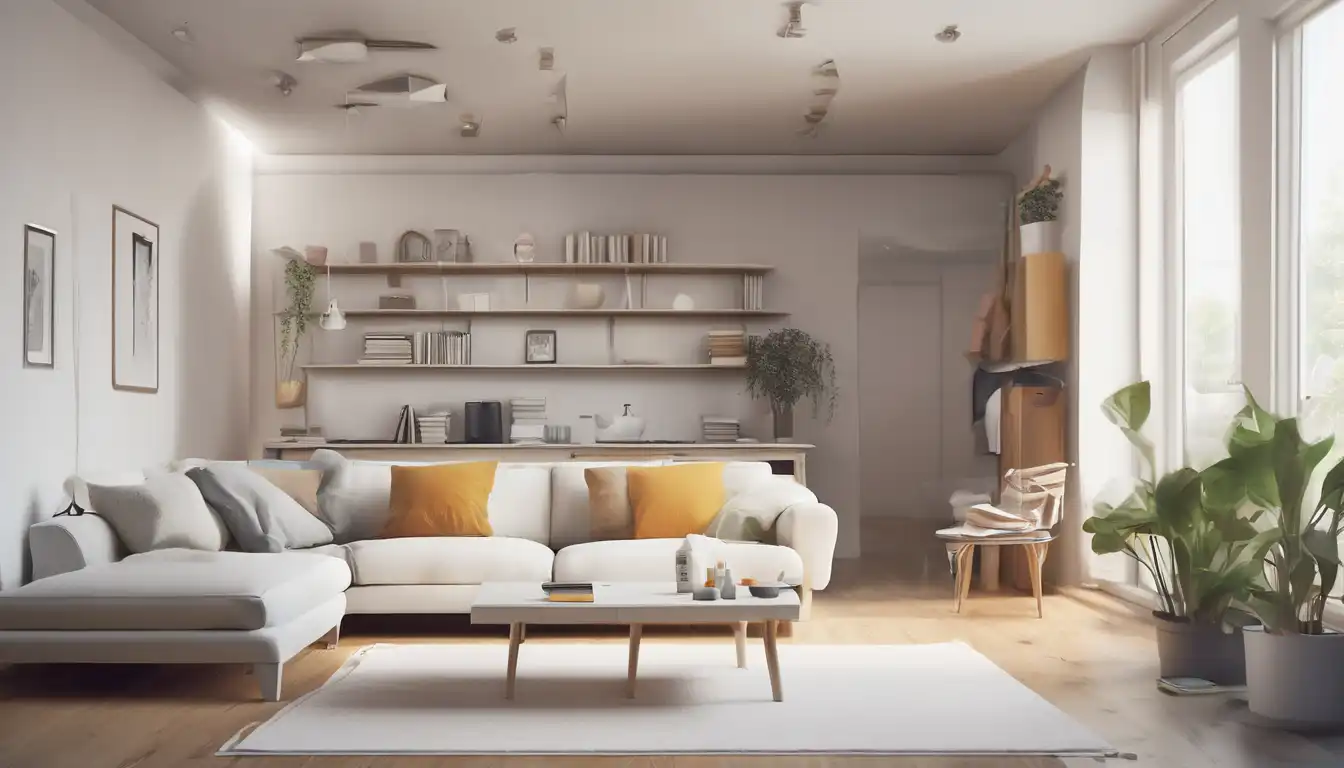Why Minimalist Living Transforms Your Daily Experience
Minimalist living isn't just about having fewer possessions—it's a mindset shift that creates space for what truly matters. By embracing minimalism basics, you'll discover how reducing physical and mental clutter can lead to greater clarity, reduced stress, and more meaningful experiences. This comprehensive guide provides practical strategies to help you transition toward a clutter-free life that aligns with your values and priorities.
Start with a Mindset Shift: The Foundation of Minimalism
Before you begin decluttering, it's crucial to understand why you're pursuing minimalist living. Are you seeking more time, less stress, financial freedom, or environmental sustainability? Identifying your core motivations will sustain your commitment when the process becomes challenging. Remember that minimalism looks different for everyone—it's about finding what's essential for YOUR life, not adhering to someone else's standards.
Define Your Personal "Enough"
What does "enough" mean to you? This varies significantly between individuals and families. Some people thrive with a capsule wardrobe of 30 items, while others need specific tools for their hobbies or profession. The key is intentionality—each possession should serve a purpose or bring genuine joy. Start by asking yourself: "Does this item support the life I want to live?"
The Practical Decluttering Process: Room-by-Room Guide
Begin with the KonMari Method
Marie Kondo's famous approach involves gathering items by category (not location) and keeping only those that "spark joy." Start with easier categories like books and clothing before moving to sentimental items. This method helps build momentum and decision-making skills. As you handle each item, thank it for its service before letting it go—this practice brings closure and reduces attachment.
Implement the 90/90 Rule
A powerful minimalist principle: if you haven't used something in the past 90 days and don't have concrete plans to use it in the next 90 days, consider letting it go. This rule is particularly effective for kitchen gadgets, hobby supplies, and seasonal items. Exceptions include emergency equipment, important documents, and meaningful heirlooms.
Create Designated Homes for Everything
After decluttering, ensure every remaining item has a specific home. This prevents clutter from accumulating again. Use drawer dividers, shelf organizers, and storage containers to maintain order. The "one in, one out" rule helps maintain balance—when you bring something new into your home, remove a similar item.
Minimalist Living Beyond Physical Possessions
True minimalism extends beyond material goods to how you manage your time, relationships, and digital life. Digital minimalism involves curating your online presence, unsubscribing from unnecessary emails, and limiting screen time. Similarly, evaluate your commitments—are you over-scheduled with activities that don't align with your priorities?
Simplify Your Schedule
Just as physical clutter causes stress, calendar clutter drains energy. Practice saying "no" to commitments that don't serve your core values. Block time for rest, relationships, and activities that recharge you. A simplified schedule creates space for spontaneity and deep work.
Curate Your Digital Environment
Digital clutter can be as overwhelming as physical clutter. Unsubscribe from newsletters you don't read, delete unused apps, and organize your files systematically. Set boundaries for email and social media use to prevent digital overload. Consider a digital detox weekend to reset your relationship with technology.
Sustainable Minimalism: Maintaining Your Clutter-Free Lifestyle
Minimalism isn't a one-time project but an ongoing practice. Establish routines that support your simplified lifestyle, such as a daily 10-minute tidy-up or a monthly decluttering session. Regularly reassess your possessions and commitments to ensure they still align with your goals.
Develop Mindful Consumption Habits
Before making purchases, ask yourself: "Do I really need this? Where will I store it? How long will I use it?" Quality over quantity becomes your guiding principle. Support ethical brands that align with minimalist values—durable, repairable products that won't quickly end up in landfills.
Embrace Experiences Over Things
Shift your focus from acquiring possessions to collecting experiences. Instead of buying another decorative item, invest in a cooking class, weekend getaway, or concert tickets. These create lasting memories without contributing to physical clutter. Research shows that experiences bring more lasting happiness than material goods.
Overcoming Common Minimalism Challenges
Transitioning to minimalist living presents obstacles, but these strategies can help you navigate them successfully. Many people struggle with sentimental items, family resistance, or the fear of "not enough." Remember that progress matters more than perfection.
Dealing with Sentimental Items
Sentimental clutter requires special handling. Take photos of items before letting them go, keep a small memory box (limit its size), or repurpose meaningful objects into functional items. The memory resides in you, not the object itself.
Managing Family Dynamics
If you live with others who don't share your minimalist enthusiasm, focus on your own spaces first. Lead by example rather than imposing your standards. Compromise on shared areas, and communicate the benefits you're experiencing from your personal spaces.
The Life-Changing Benefits of Minimalist Living
As you embrace these minimalist living tips, you'll notice profound changes beyond just tidier spaces. Reduced decision fatigue, financial savings, environmental impact, and increased mental clarity are common benefits. You'll spend less time managing possessions and more time engaged in meaningful activities.
Minimalism isn't about deprivation but about making room for what truly enhances your life. By intentionally curating your environment, schedule, and digital presence, you create the conditions for greater fulfillment and purpose. Start small, be patient with yourself, and celebrate each step toward your clutter-free life.
Ready to begin your minimalist journey? Choose one area from this guide to focus on this week. Whether it's decluttering a single drawer or evaluating your weekly commitments, small consistent actions create significant transformation over time. Remember that minimalism is a personal path—customize these strategies to work for your unique lifestyle and goals.
